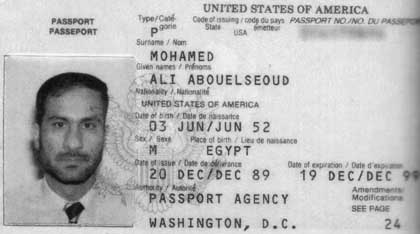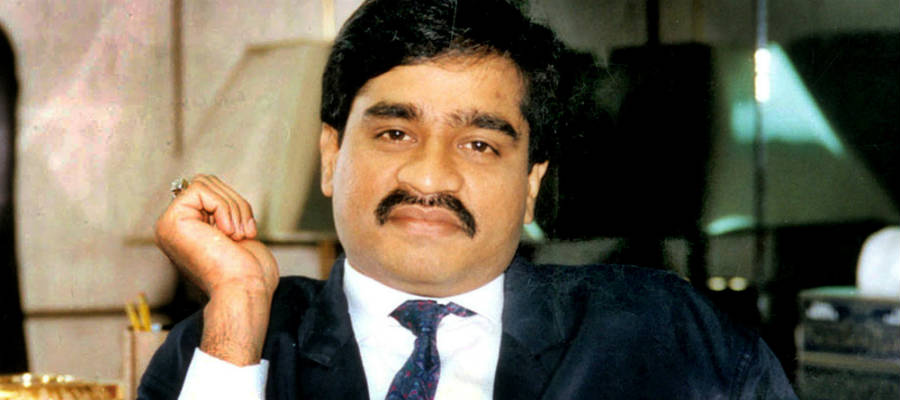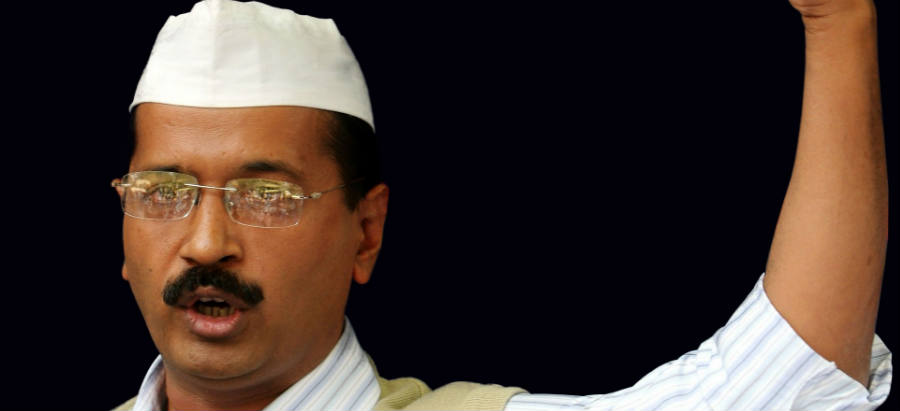The Daood Gilani alias David Coleman Headley case has generated huge interest in India, considering the allegations of his involvement in the November 26, 2008 Mumbai terror attack. But for the United States of America, it is yet another instance of how their alleged informants are using their territory to carry out terrorist activities around the world, and in the US too.
Headley has been linked to terror groups like Lashkar-e-Taiba and al Qaeda. Intelligence sources have already indicated the possibility of his involvement in numerous terror plots in different countries, including his role in the 26/11 Mumbai terror attack. It is very surprising how Headley operated freely from the US with the law enforcement agencies having no clue of his activities. Details have already emerged that Headley worked for the US’s Drug Enforcement Administration (DEA) as an informant for a long time. Questions have also been raised about his links with the Central Intelligence Agency (CIA), which may explain his many unhindered trips to Pakistan in the past decade. Details have also emerged that he was being used to penetrate Pakistani terror group Lashkar-e-Taiba.
The US administration has also prevented the Indian security agencies from questioning Headley about his role in the Mumbai attack. Despite the Indian government’s repeated statements about seeking Headley’s extradition, it is highly unlikely that they would get access to him for interrogation, even in the presence of the US officials. Now, why the US is deliberately trying to shield Headley from questioning by foreign agencies raises a lot of questions about his association with the American intelligence agencies.
Headley’s case is frighteningly similar to another US informant, which the US would never want to forget. Ali Mohamed — former Egyptian army officer turned CIA operative, Special Forces advisor, and an FBI informant — is one of the most dangerous intelligence operator who compromised the US intelligence community before the fateful September 11, 2001 attacks.

Information already available about Mohamed reveal some startling facts:
- Mohamed was removed from the Egyptian Army for his radical views in 1984. He moved to the US in 1986 and joined the US Army. He was even posted at the prestigious John F. Kennedy Special Warfare Center at Fort Bragg from where he copied military training manuals and distributed it to terrorists in Afghanistan.
- He trained the terrorist cell that attacked the World Trade Center in 1993. Mohamed also played a key role in the US embassy bombings in Kenya and Tanzania in 1998. There is information that he even trained Osama bin Laden’s personal bodyguards.
- He even visited Afghanistan and Sudan to train al Qaeda terrorists. While being an instructor at the secretive John F. Kennedy Special Warfare School, Mohamed traveled to Afghanistan to train Mujaheddin. Despite this no action was taken against him in the US. He kept on training radicals in the US and other countries while in duty but the administration turned a blind eye to his activities because of his links with the US intelligence.
- Mohamed was in constant touch with bin Laden and he even mentioned this to his American handlers many times. He told an FBI agent in 1999 that he helped arrange a meeting between Laden and representatives of Nawaz Sharif, who was the Pakistani Prime Minister for two non-consecutive terms (November 1, 1990 – July 18, 1993 and February 17, 1997 – October 12, 1999). He went on to claim that he paid $1 million to the representatives of Sharif for the latter to go soft on the Taliban, who were spreading their influence in Afghanistan and the Northwest Frontier Province in Pakistan. There is no clarity on the time of these meetings but available information suggests it might have taken place in 1996 and 1998.
- Mohamed was finally arrested in 1998 after he pleaded guilty of involvement in the 1998 embassy bombings. But till date he has not been sentenced. Nobody knows about his whereabouts.
- He was under surveillance of the US agencies for over two years before he was arrested and he even told them about his links with bin Laden and al Qaeda. But strangely nobody arrested him during that period and he continued his terror activities under the very nose of US security agencies. What prevented them from taking action against Mohammed is still a mystery.
Mohamed, rightly referred as an al Qaeda sleeper agent, maintained smooth relations with al Qaeda and the US agencies simultaneously and gained access to the most sensitive details of the US counter-terrorism plans. The US intelligence agencies have much more to answer about this fiasco. And as mentioned in the initial part of the post, Headley’s case has many similarities with Ali Mohamed’s story.
(To read more about Ali Mohamed, please read Peter Lance’s Triple Cross: How bin Laden’s Master Spy Penetrated the CIA, the Green Berets, and the FBI)


One Comment